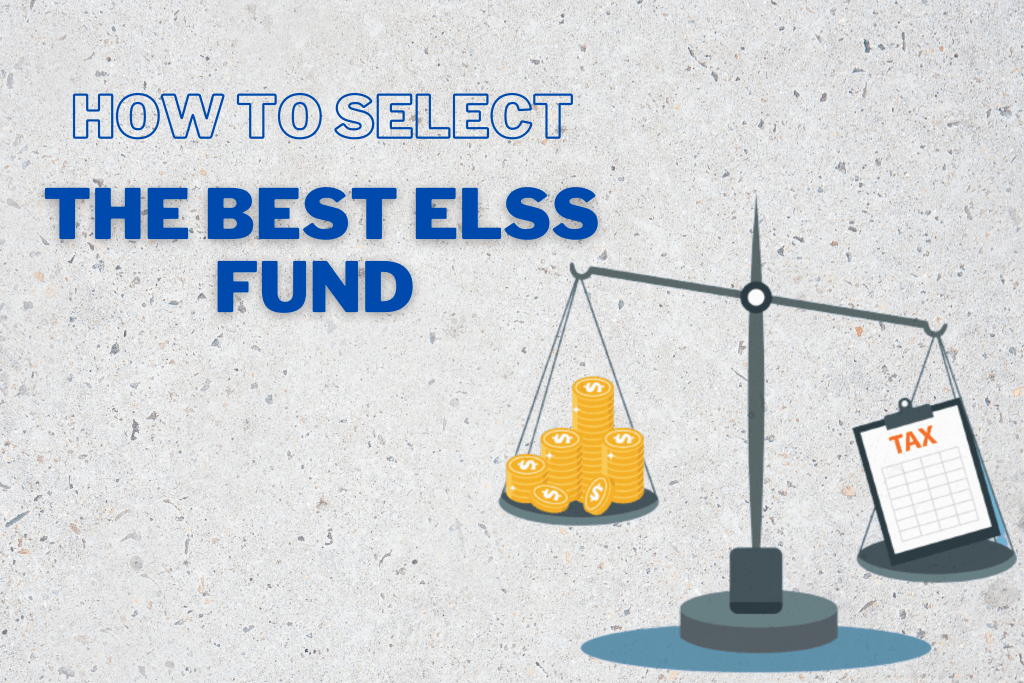
In the world of tax-saving investments, people often find themselves at a crossroads of options like the Public Provident Fund (PPF), National Pension Scheme (NPS), Equity-Linked Savings Scheme (ELSS), and Unit-Linked Insurance Plan (ULIP). It is crucial to comprehend the workings of these tax-saving investments. Otherwise, you might make a decision that does not align with your financial goal. If you’re looking to embark on your investment journey, but are perplexed, fear not! We have simplified these terms for you!
A look into the PPF
The Government of India introduced the Public Provident Fund (PPF) in 1968 to encourage small savings. It offers a tax-efficient way to invest and save money for a promising future. You can open a PPF account at a post office or a bank. The maturity period of PPF accounts is 15 years. PPFs provide an attractive interest rate, making them a popular choice for risk-averse investors seeking wealth accumulation and tax benefits.
Benefits of the PPF
Investment Amount:
The minimum investment amount is Rs. 500, and the maximum limit is 1.5 lakh. PPF permits you to invest your money all at once or in instalments. But you are eligible for only 12 yearly instalments. To keep your PPF account active, you are required to invest every year.
Eligibility:
Residents of India can open a PPF account in their name. Minors are permitted to have a PPF account under the guardianship of their parents. NRIs cannot open a new PPF account. But if they already have one, they can continue it until the completion of their tenure.
Loan:
PPF permits you to take a loan against your investment from the start of the third year. You can borrow money for 36 months.
Tax Benefits:
You are eligible for tax exemption under Section 80C of the Income Tax Act, 1961.
What is the National Pension Scheme (NPS)?
The Government of India introduced NPS on January 1, 2004, specifically for government employees. However, in 2009, the government enabled NPS for all the citizens of India to create a pension society. The National Pension Scheme (NPS) is regulated by the Pension Fund Regulatory and Development Authority (PFRDA) Act of 2013.
NPS offers two types of accounts: tier 1 and tier 2. Tier 1 has a lock-in period. You cannot withdraw before you reach the age of 60. However, premature withdrawals are allowed under the circumstances of critical illness or death. On the contrary, there is no lock-in period in Tier 2. You can withdraw the amount at any time without any restrictions.
Perks of the National Pension Scheme
Low Cost:
NPS is a cost-effective option for long-term retirement savings as it charges low fund management fees. Thus, individuals with varying financial abilities can benefit from NPS.
Choice of Investment Scheme:
NPS permits you to choose from two types of investment options: active-choice and auto-choice. Under active choice, you can decide the allocation of your funds among various asset classes like equity, bonds, etc. On the contrary, auto-choice automatically adjusts the asset allocation based on your age.
Regular Pension Income:
You can use a portion of your NPS corpus to buy an annuity to ensure a steady retirement income.
Tax Benefits:
You are eligible to claim up to Rs. 1.5 lakh under Section 80C of the Income Tax Act, 1961. On top of that, a tax deduction of up to Rs. 50,000 is available under Section 80CCD(1B), providing an extra incentive for long-term financial planning.
What is an ELSS?
An Equity-Linked Savings Scheme is a wise way of accumulating a favourable corpus. It is a tax-saving mutual fund that offers tax benefits and the potential to create a promising corpus by primarily investing in equity funds. You can claim a deduction of Rs. 1.5 lakh from your taxable income and save up to Rs. 46,800.
Perks of an Equity-Linked Savings Scheme
Systematic Investment Option:
You can invest in ELSS funds according to your convenience. It permits you the flexibility of investing via SIPs. A Systematic Investment Plan allows you to invest a fixed amount at predefined intervals.
Shorter Lock-in Period:
ELSS funds have a shorter lock-in period of three years, which is the lowest among all the tax-saving investments under Section 80C of the Income Tax Act of 1961.
Potential for Capital Appreciation:
ELSS funds primarily invest in equity and equity-related instruments, offering the potential for capital appreciation over the long term. Since they have exposure to equity funds, they can provide higher returns. However, it’s crucial to comprehend that ELSS funds possess some risks, and returns are not guaranteed.
Tax Benefits:
Investors can claim a tax deduction of Rs. 1.5 lakh under Section 80C of the Income Tax Act, 1961, and save up to Rs. 46,800. The amount accumulated after three years is considered Long Term Capital Gains (LTCG) and taxed at 10% for profits above 1 lakh.
What is a Unit Linked Insurance Plan?
A Unit Linked Insurance Plan is a financial instrument that combines the features of insurance and mutual funds. It permits you to invest in numerous funds while providing life cover. When you invest in ULIPs, a portion of your income goes toward the insurance component, while the remaining is invested in the mutual fund units of your choice. They have a lock-in period of 5 years. Although ULIPs provide flexibility, they also have additional charges.
Perks of a Unit-Linked Insurance Plan
Flexibility:
ULIPs permit you to choose from numerous investment funds, such as equity, debt, or hybrid funds, based on your risk tolerance and financial objectives. You can flexibly customize your investment strategy to attain potentially higher returns.
Transparency and Liquidity:
ULIPs offer transparency in fund performance and charges. You can monitor your investment performance, switch between different funds, and also make withdrawals if needed. It’s important to note that if you choose to make partial or full withdrawals, you will be charged a fee.
Life Insurance Coverage:
ULIPs provide life cover, ensuring financial protection for your family in case of your sudden demise. The insurance component offers a death benefit to the beneficiaries.
Tax Benefits:
You can claim a deduction under Section 80C of the Income Tax Act, 1961. The death benefits are typically tax-free under Section 10(10D), subject to certain conditions.
On a Parting Note
The decision to choose a tax-saving investment can be daunting. It is crucial to comprehend your financial goals before making any decision. Remember, all of the tax-saving instruments help you reduce taxes. But an instrument aligned with your financial goals can help you relish long-term benefits.







